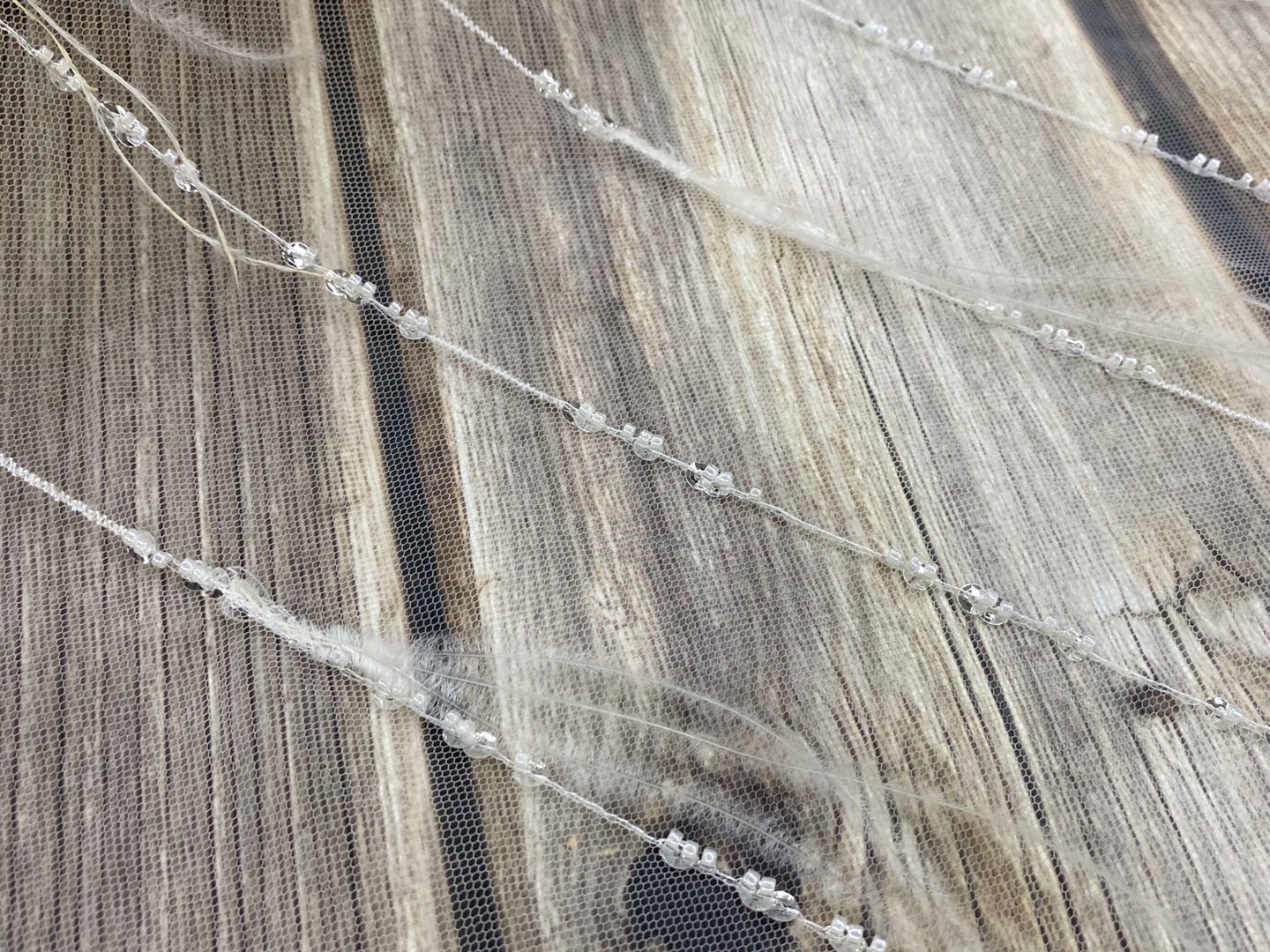The most important properties of acrylate resins are their transparency, good optical properties, surface hardness, chemical resistance and good weatherability. Its transparency is close to crystal and its density is only half that of crystal. It can be processed into fibers, sheets, films, profiles, pipes and the like. The material is supplied in the form of pellets which can be extruded, calendered or injection molded.
Acrylate resin refers to a family of large resins that are tough and transparent. The acrylate resins may be used singly or in combination or may contain some other monomer to make the properties of the polymer soft and pliable to be hard or strong.
This polymer is polymerized from a methacrylic monomer (MMA) with an ester or an amine, acrylic or methacrylic acid derivative. The acrylate resin is a free radical polymerization initiated by a peroxide or a nitrogen-containing compound. The polymer can also be obtained by redox polymerization.
Polymethyl methacrylate (PMMA) is the most important homopolymer in the acrylate family and can be produced by bulk, suspension, emulsion or solution polymerization. The addition of pigments or dyes produces transparent or translucent resins of various colors. Blending with vinyl, butadiene, acrylic or polyester can improve the physical properties of the material.
A variety of PMMA resins used in injection molding have different molecular weights, resulting in different flow rates, heat resistance and toughness. PMMA resins classified as grades 5, 6, and 8 by ASTM standards have a medium molecular weight, and the formulation changes the flow rate and heat resistance while exhibiting a certain degree of toughness. High molecular weight grade PMMA resins are tougher in addition to similar flow and heat resistance. These grades of resin are also the preferred choice for extrusion because of their excellent fracture resistance during assembly and shipping. In injection molding, these grades of materials not only exhibit good fracture resistance, but are also prone to complex molds.
The visible light transmittance is 92% and the turbidity is less than 2%. Ordinary grade acrylic resin products are somewhat sensitive to notches, have low electrical conductivity, good arc resistance, and excellent dielectric strength. Sheet products are usually cast (injecting MMA and other materials into the two smooth glass plates and clamping them with washers or clips, that is, plates of different thicknesses can be obtained). This is a method of batch processing. Since the reaction is an exothermic reaction, it is necessary to control the reaction rate to avoid generation of bubbles.
Another method of producing sheets is by continuous casting, in which the polymer is placed between two moving smooth stainless steel strips. In addition, sheets can be produced by extrusion or calendering. Each of these methods has advantages and disadvantages. It cannot be said that one of the processing methods must be better than the other. In general, cast acrylate resin products have better optical properties and smoother surfaces; sheets produced by a continuous process can achieve longer sheets with smaller thickness variations than cast molding; extrusion or calendering methods are generally preferred Casting costs are low.
For fracture-resistant applications, impact-modified pellets are often used and extrusion is used to produce sheets. This method generally requires the extruder screw to have a longer aspect ratio (L/D) for better control of the melt in the die. In order to improve the melt quality, a static mixer is also installed between the screw and the die.
To ensure high yield downstream of the die, the rolls require better polishing. Embossing a pattern on the roll can impart different surface finishes or other special effects to the sheet. The acrylic resin can coextrude the vinyl resin or the ABS resin as a core layer of the sandwich structure sheet, thereby imparting the function of resisting ultraviolet rays, heat insulation or protecting a smooth surface.
PMMA can be processed using a conventional injection molding machine. Since this resin is a hygroscopic material like nylon and polyester, the material must be dried before injection, otherwise an exhaust pipe must be installed on the injection machine. PMMA has a high viscosity. In order to produce high quality products, the injection pressure of this material is generally higher than other thermoplastics. In the processing of special products, such as automotive taillights, the mold usually needs to be chrome-plated to obtain a smooth surface, and the exhaust function of the mold is also important.
Elastic memory is very good, and its sheet can be produced using general-purpose thermoforming equipment. Because of the low hot melt strength, PMMA is somewhat limited in blow molding, which means that extrusion blow molding of unmodified acrylate resin is very difficult. However, it is capable of first processing a preform by injection molding and then heating to complete the blow molding.
Plexiglass is an important application of PMMA, especially for aircraft glare. Although it may be less than the other applications in absolute usage, it plays a very important role on the aircraft.
The Sequins Embroidery Fabric includes Multicolor Sequins Embroidery Fabric.Feather Sequins Embroidery Fabric and Glitter Sequins Embroidery Fabric.
1.Multicolor Sequins Embroidery Fabric

2.Feather Sequins Embroidery Fabric

3.Glitter Sequins Embroidery Fabric

The products is in soft handfeeling and suitable for children dress.evening party dress .garment dress etc.
Sequins Embroidery Fabric
Embroidered Sequin Fabric,Guipure Sequins Embroidery Fabric,Spangle Guipure Embroidery Fabric,Yarn Dyed Guipure Embroidery Fabric
SHAOXING MINGHEE EMBROIDERY CO,LTD , https://www.minghee-china.com
![<?echo $_SERVER['SERVER_NAME'];?>](/template/twentyseventeen/skin/images/header.jpg)